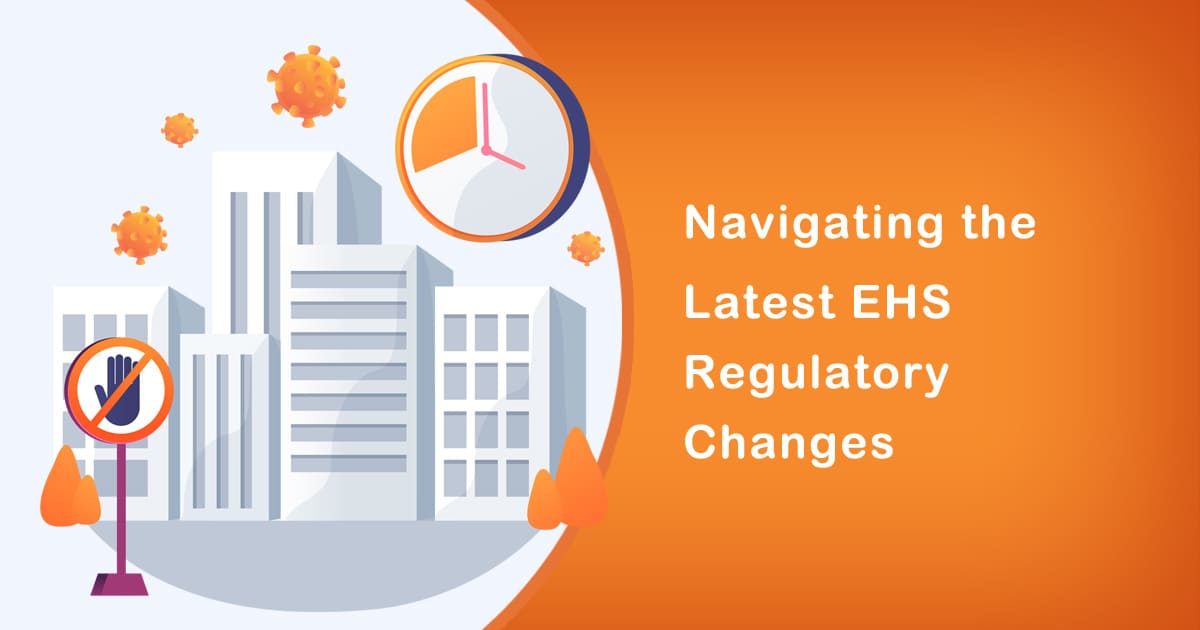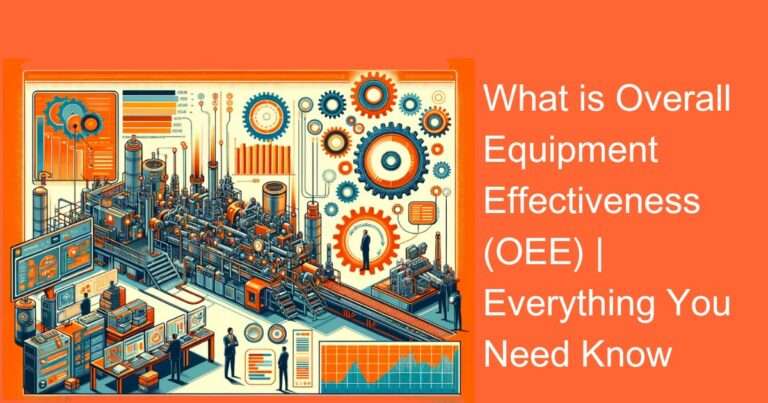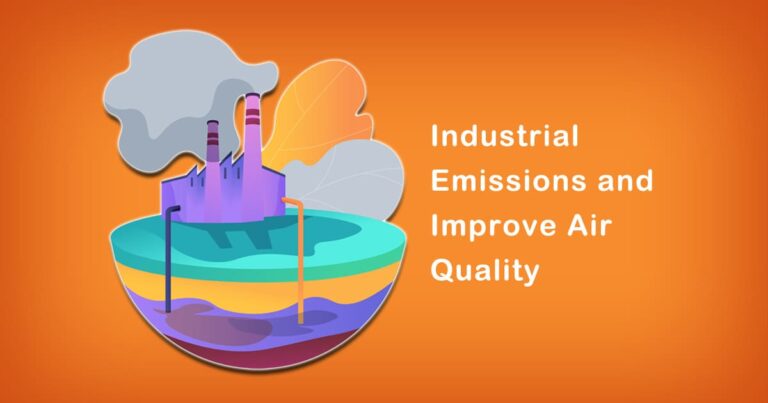Introduction
Environmental, health, and safety (EHS) regulations are critical for organizations to ensure a safe and healthy workplace while reducing environmental impact. In India, the EHS regulatory framework has been undergoing significant changes, and keeping up with them can be challenging. This blog post provides a step-by-step guide to navigate the latest EHS regulatory changes in India and ensure compliance.
Step 1: Stay Updated on the Latest Regulations
To navigate the EHS regulatory changes in India, it is essential to stay updated on the latest regulations. India has several regulatory bodies that oversee EHS compliance, such as the Ministry of Environment, Forest and Climate Change, the Central Pollution Control Board, and the State Pollution Control Boards. It is critical to keep track of the regulations issued by these bodies and ensure compliance with them.
For instance, in 2020, the Ministry of Environment, Forest and Climate Change notified the Plastic Waste Management Rules, 2016, which require manufacturers, importers, and brand owners to phase out single-use plastic and ensure responsible disposal of plastic waste. Failure to comply with these regulations can result in hefty fines and penalties.
Step 2: Conduct an EHS Audit
An EHS audit is a comprehensive assessment of an organization’s compliance with EHS regulations. Conducting an EHS audit can help identify areas of non-compliance and develop a plan to address them. It can also help identify areas of improvement to enhance EHS performance.
In India, conducting an EHS audit is mandatory for certain industries. For example, the Factories Act, 1948, requires factories to conduct an annual safety audit to ensure compliance with EHS regulations.
Step 3: Implement a Management System
Implementing a management system is crucial to ensure ongoing compliance with EHS regulations. A management system provides a structured approach to manage EHS risks and ensure compliance with regulations. It also helps establish accountability and responsibility for EHS performance.
There are several management systems available, such as ISO 14001 for environmental management and OHSAS 18001 for occupational health and safety management. Implementing a management system can also help organizations achieve certification, which can improve their reputation and demonstrate their commitment to EHS compliance.
Step 4: Train Employees
Employees play a critical role in ensuring EHS compliance. It is essential to provide them with the necessary training to understand EHS regulations and their responsibilities in ensuring compliance. Training can also help employees identify hazards and risks and take appropriate action to mitigate them.
In India, the Factories Act, 1948, requires employers to provide training to employees on EHS regulations, safe work practices, and emergency response procedures.
Step 5: Monitor and Report EHS Performance
Monitoring and reporting EHS performance is critical to ensure ongoing compliance with regulations. It helps identify areas of improvement and track progress towards EHS goals. It also provides a basis for management review and decision-making.
In India, organizations are required to submit periodic reports to regulatory bodies, such as the Central Pollution Control Board and State Pollution Control Boards, on their EHS performance.
Conclusion
In conclusion, navigating the latest EHS regulatory changes in India can be challenging, but it is crucial for organizations to ensure compliance and maintain a safe and healthy workplace while reducing their environmental impact. By staying updated on the latest regulations, conducting an EHS audit, implementing a management system, training employees, and monitoring and reporting EHS performance, organizations can ensure ongoing compliance and improve their EHS performance.








